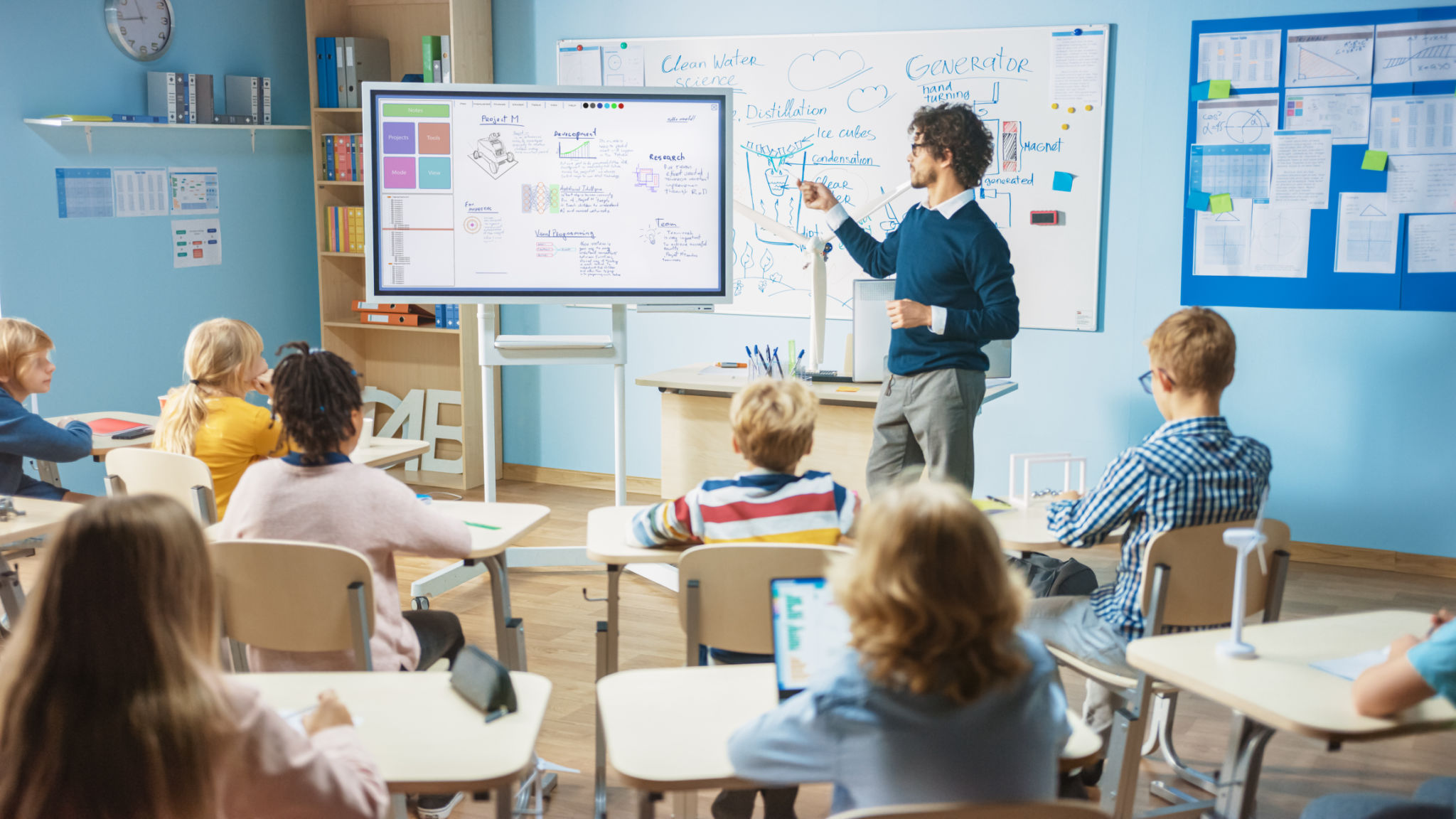How Learning Shift Improves Education: A Case Study Approach
Introduction to Learning Shift
In recent years, the educational landscape has witnessed a significant transformation through the concept of a "learning shift." This approach focuses on adapting teaching methods to better align with the diverse needs of students, ultimately improving educational outcomes. By embracing change and flexibility, educators can foster environments that cater to individual learning styles and preferences.
One prominent example of this transformation is the shift from traditional lecture-based teaching to more interactive and student-centered learning. Schools and educators worldwide are exploring new methodologies to engage students more effectively, resulting in substantial improvements in both engagement and academic achievement.

Case Study: Implementing Project-Based Learning
Project-based learning (PBL) is a popular approach that exemplifies the learning shift. By focusing on real-world problems and collaborative projects, students develop critical thinking and problem-solving skills. A study conducted in a high school in California found that after implementing PBL, students showed a remarkable increase in both enthusiasm and academic performance.
The study highlighted that students involved in PBL were more likely to retain information and apply their knowledge in practical situations. Teachers reported a noticeable improvement in student participation and teamwork, as well as the ability to connect theoretical concepts with practical applications.

Technological Integration in Classrooms
The integration of technology in education has been another crucial aspect of the learning shift. By incorporating digital tools and resources, educators can create dynamic and engaging learning experiences. For instance, using tablets, interactive whiteboards, and educational software allows for a more personalized learning journey.
A case study from a middle school in Texas demonstrated that students who used technology-enhanced learning tools showed increased motivation and better academic performance compared to those who followed traditional methods. This illustrates how technology can support diverse learning needs and foster an inclusive educational environment.

Challenges and Solutions
While the learning shift presents numerous benefits, it also poses challenges that educators must address. One significant challenge is ensuring that all students have equal access to the necessary resources and technology. Schools must work towards bridging the digital divide to provide equitable learning opportunities for all students.
Another challenge is training educators to effectively implement new teaching strategies. Professional development programs are essential to equip teachers with the skills needed to navigate this evolving landscape. By investing in continuous learning for educators, schools can ensure successful transitions to modern teaching methods.
Conclusion: The Future of Education
The learning shift marks a transformative era in education. By adopting innovative teaching approaches and integrating technology, educators can create more engaging and effective learning environments. These changes not only enhance academic outcomes but also prepare students for the complexities of the modern world.
As schools continue to embrace this shift, ongoing research and case studies will provide valuable insights into best practices and strategies for improvement. The journey toward a more adaptable and inclusive education system is well underway, promising a brighter future for students worldwide.